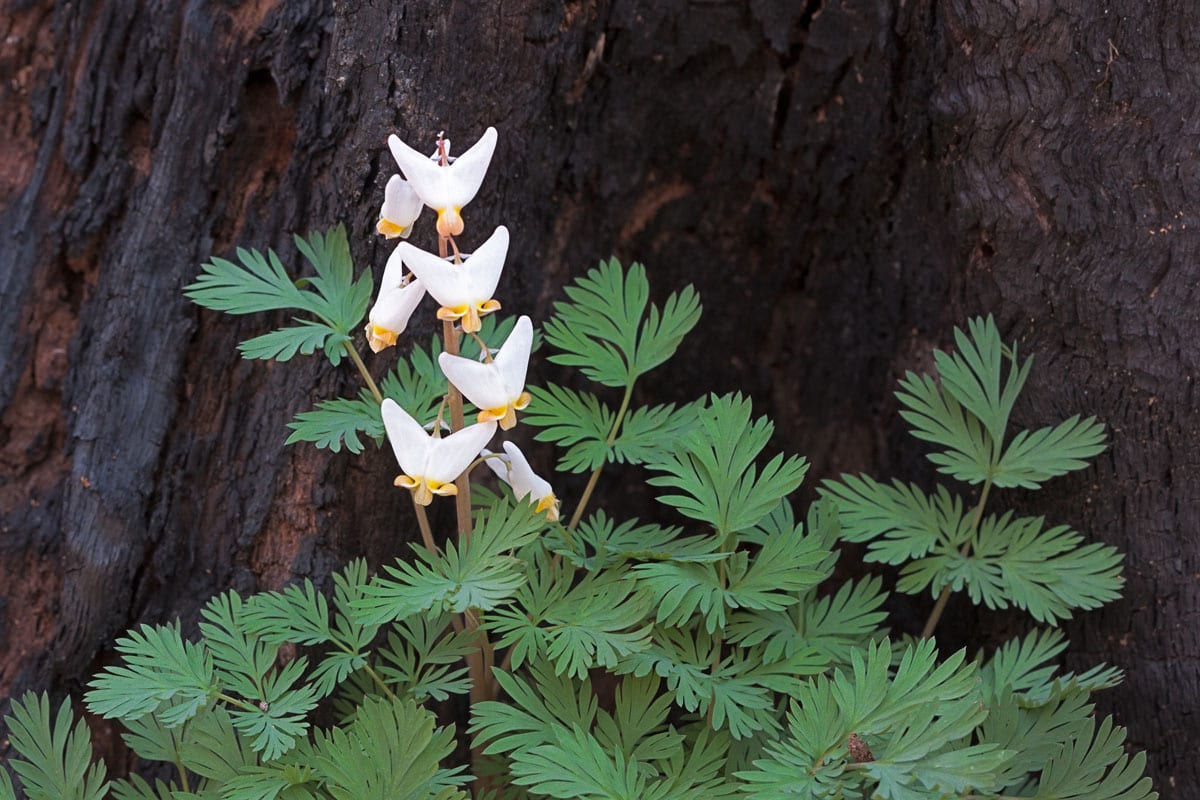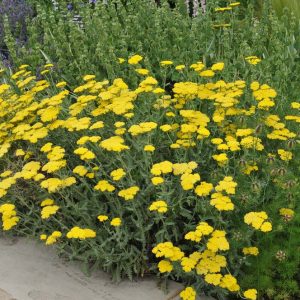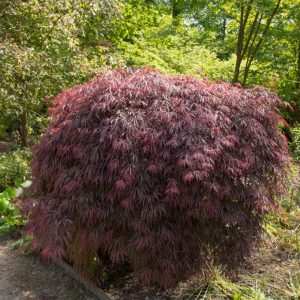Description
Dicentra – Bleeding Heart –
There are about 20 species of annuals and perennials, in this genus. They occur in Asia and North America, often found in moist habitats, including woodland, especially in mountainous areas. The perennial species may be rhizomatous or tuberous, or have fleshy taproots. The hairless, sometimes silvery gray leaves are fern like and much divided. Pendent heart shaped flowers, in red, pink, white, purple or yellow, are borne in panicles or racemes, often arching, or occasionally solitary borne in mid spring into early summer. Some species are excellent woodland plants or are useful shady border plants, the smaller species look best in a rock garden. All parts of the plant may cause mild stomach upset if ingested. Contact with the foliage may aggravate skin allergies.
Grow in moist, fertile, humus rich soil, preferably neutral or slightly alkaline, in partial shade. Divide carefully in early spring.
Prone to downy mildew, Verticillium wilt, viruses, rust, fungal leaf spot, slugs and snails.
D. cucullaria – Dutchman’s Breeched – This compact, clump forming tuberous perennial from North America grows 8″ tall and 10″ wide. It produces 3 ternate, gray green leaves, 4-10″ long, deeply lobed or divided into linear to elliptic leaflets. In early spring it bears racemes of white, rarely pink flushed, yellow tipped flowers, to 3/4″ long, on arching stems, with upward pointing spurs. Needs humus rich soil in partial shade. Dies down quickly after flowering and should be kept almost dry in summer, when dormant.
Zones 4-8





